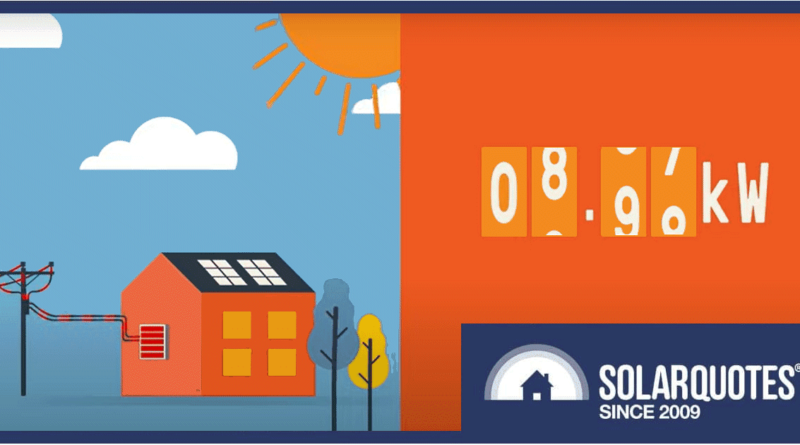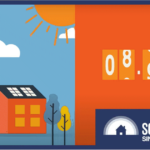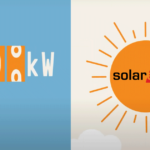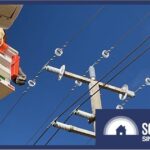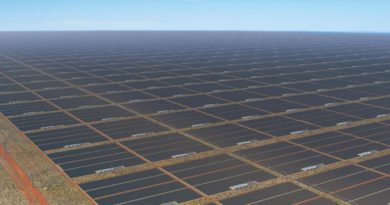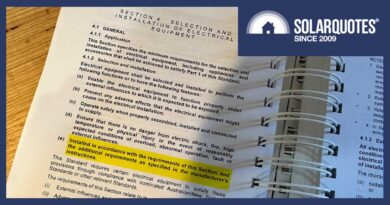See A Flexible Solar Exports Dial-Down In Action
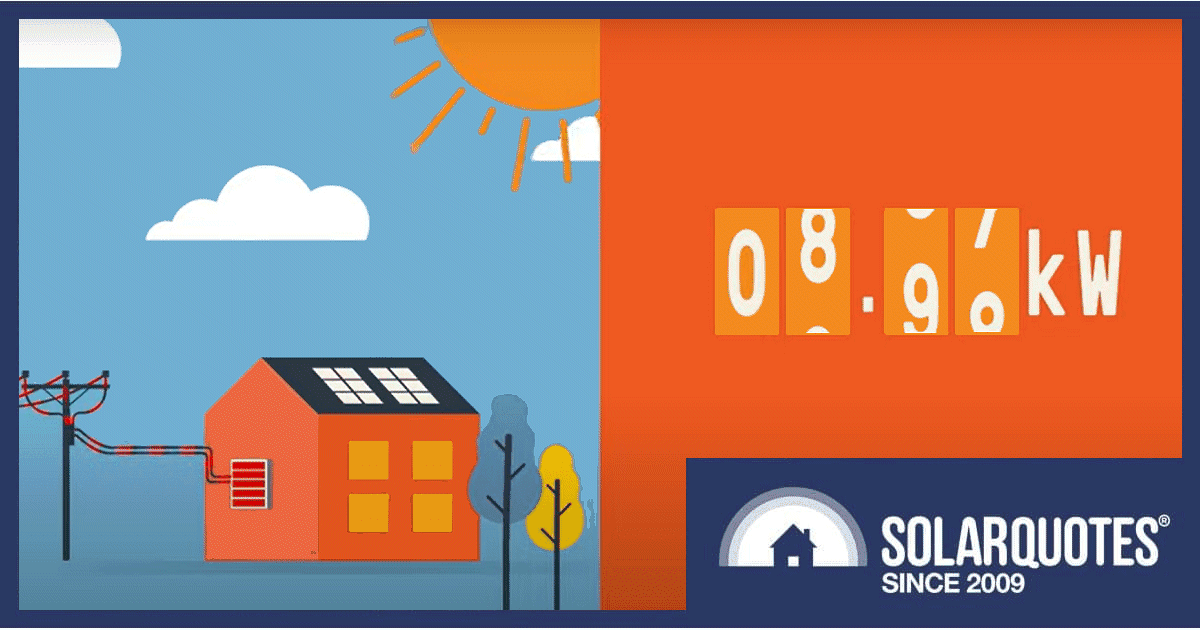
Yesterday was a mild, sunny day in Adelaide that saw oodles of solar energy pumped into the grid. So much so, it appears SAPN flexed its flexible exports curtailment muscle.
What Are Flexible Exports?
Uptake of home solar power in South Australia has been phenomenal. More than 411,000 systems have been installed in the state, which only has a population of around 1.8 million. The electricity generated by these systems sent into the grid helps to push down wholesale electricity prices. But sometimes you can have too much of a good thing and that would increasingly become the case as the years go by. Very high levels solar in the grid and too little demand can lead to network instability and blackouts.
One of the tools SA Power Networks (SAPN) has in its kit to manage rooftop solar is flexible (aka dynamic) exports. Systems can adapt to network conditions based on signals remotely sent by SAPN to compatible inverters. This allows for a much higher maximum export limit (up to 10kW instead of 5kW) for much of the time. But it can be curtailed to as low as 1.5kW when the grid is awash with solar energy, demand is comparatively low and the surplus can’t be exported to Victoria for whatever reason.
SQ’s Trevor Experiences His First Curtailment
SA Power Networks (SAPN) started making a flexible exports option available to more solar households last July through a staged rollout, and in July this year announced owners of compatible systems in more than 200 additional locations across the state would be able to participate.
SolarQuotes’ General Manager, Trevor, decided to sign up before the virtual ink had time to dry on the announcement. He’s a brave man as once you make the switch, you can’t go back. He has 20kW of solar panels, a 10kW inverter, a home battery and a couple of electric cars. He was switched over from his 5kW fixed export limit to flexible exports on July 24.
Trevor hadn’t noticed much going on aside from being able to export more, which he’s been really pleased with. That was until yesterday. His system had been exporting around 9kW during the morning:
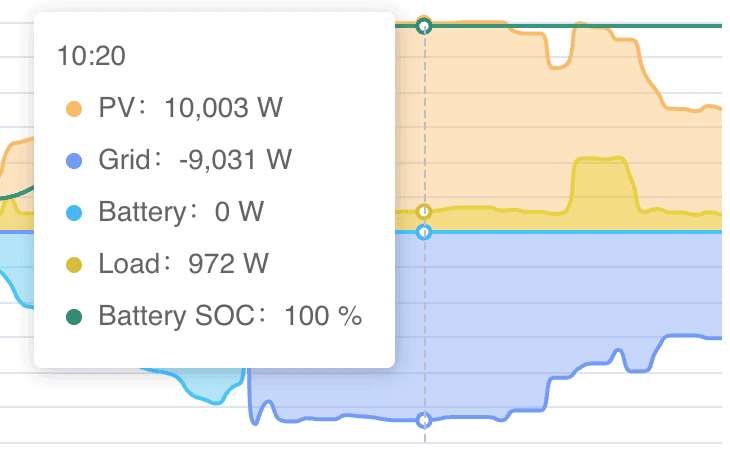
… but before midday, this starting ramping down, dropping as low as 5kW even though weather conditions were perfect for generating solar power – cloudless skies and around 16C.
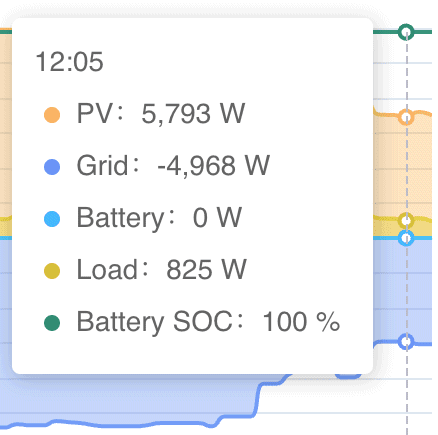
Looking at Open Electricity (previously OpenNEM), rooftop solar alone was meeting close to 81% of electricity demand in South Australia at midday.
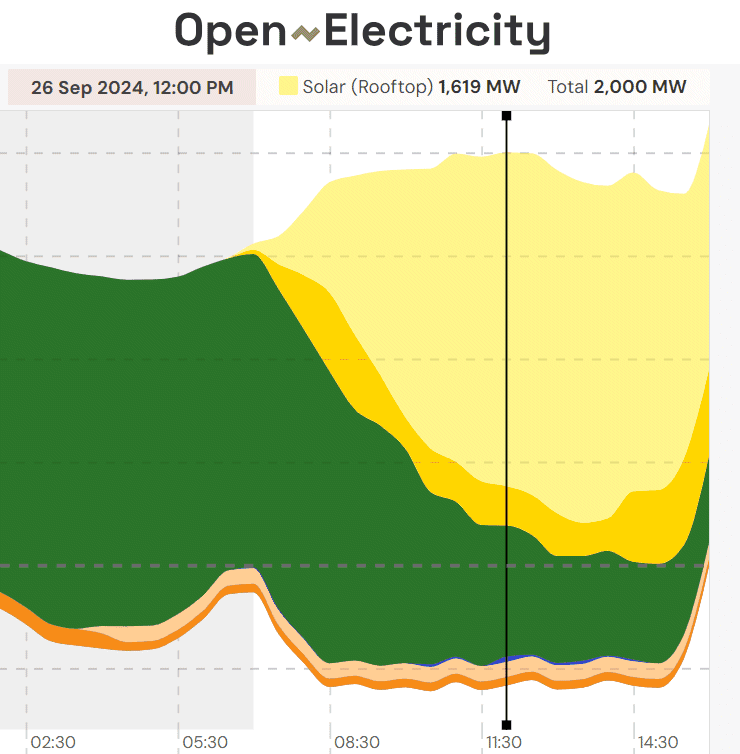
But it didn’t stop there – by 1.30 pm, rooftop solar was meeting 88.1% of demand, which was pretty impressive given it was a weekday. At that point, renewables overall across the state were meeting 123.9% of SA’s electricity demand.
Trevor’s exports stayed at around 5kW for a bit, then gradually started ramping back up (with a couple of brief drops) until approximately 2pm. There was another drop after that when rooftop solar alone was still meeting 83% of demand, before climbing again – and then system generation began tapering off. Here’s how the day looked until approximately 4.20pm:
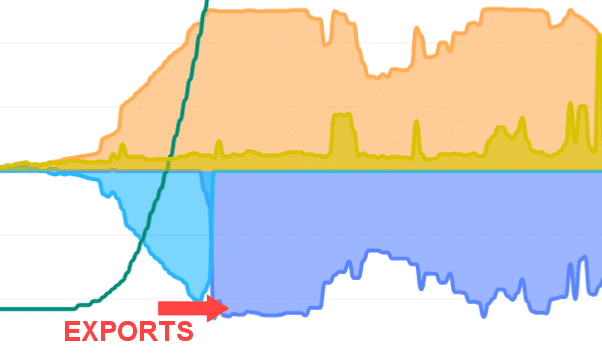
So, that was Trevor’s first experience of a flexible exports dial-down. It’s a much more elegant solution for managing solar power systems than another (blunt) last-resort tool SAPN has, which is remote disconnect/reconnect. As far as I know, that has been rarely used to date, and flexible exports will help reduce instances where SAPN might need to use that big red button. And other states will follow in SAPN’s footsteps.
Note that by the end of 2024 across South Australia, all new solar installations or upgraded systems where an inverter is replaced will be subject to a choice between flexible exports or a fixed limit of just 1.5kW. But for existing solar owners already on a 5kW export limit, they’ll be able to stay on that if they wish.
You can learn more about SAPN’s flexible exports initiative here.
Original Source: https://www.solarquotes.com.au/blog/flexible-exports-curtailment-mb3017/

